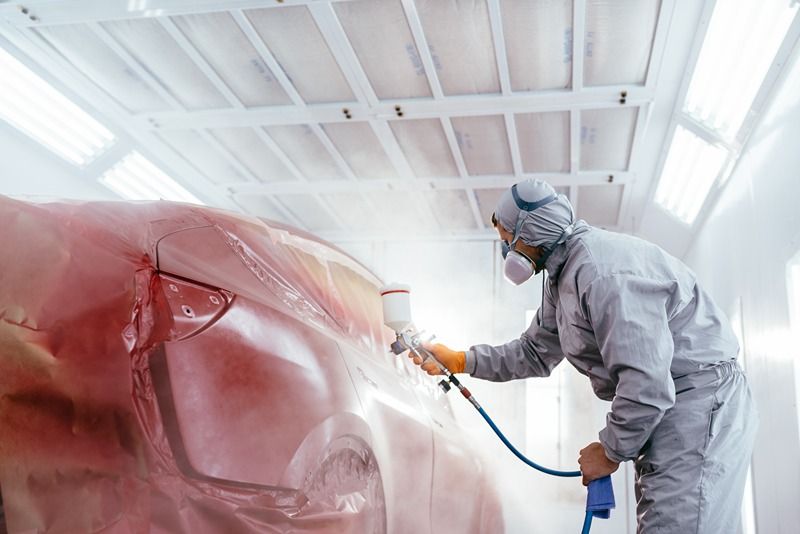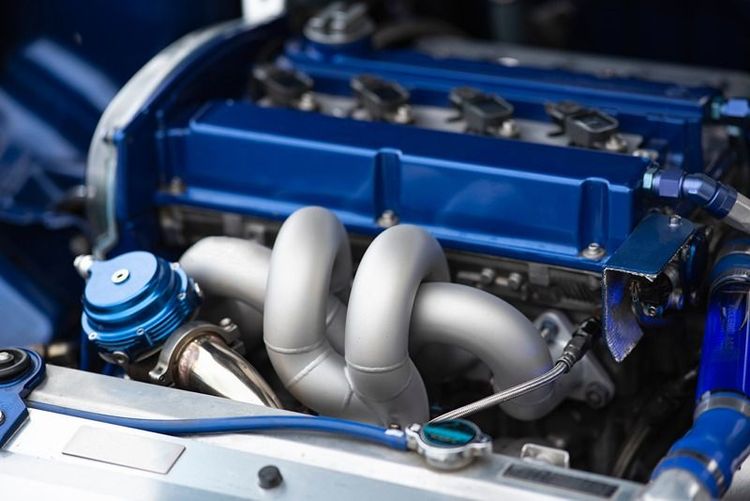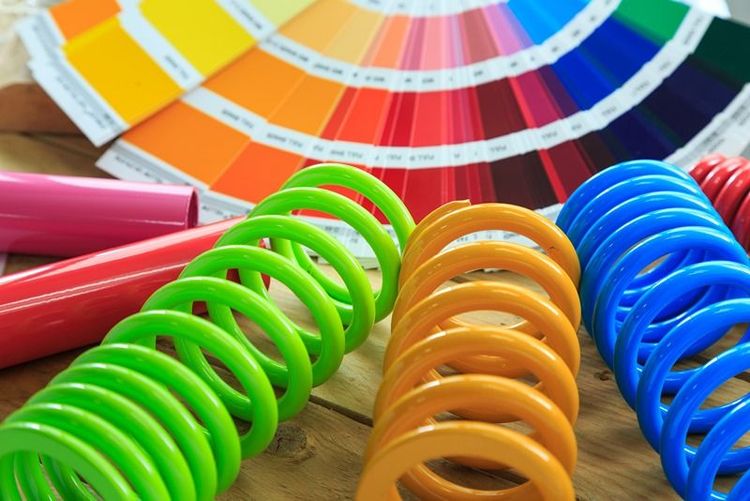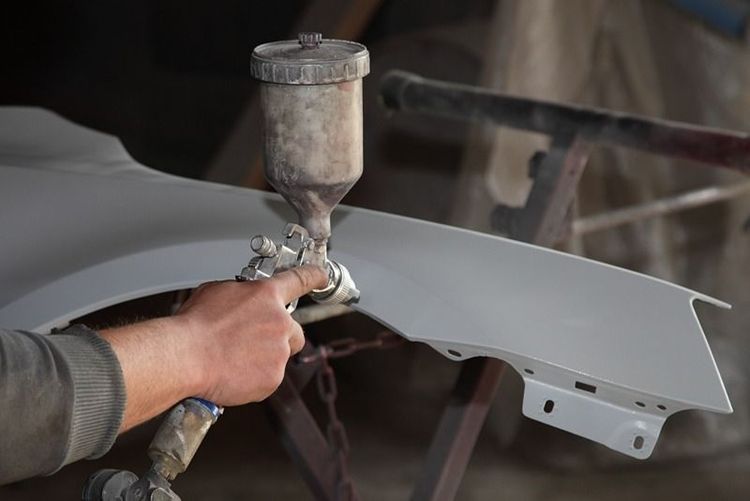The harsh and varied climate conditions across India, from the saline air of coastal regions to the high humidity of monsoon seasons and the scorching heat of arid zones, pose significant challenges to the durability of automotive parts. Using corrosion-resistant coatings on steel auto parts is critical to ensure long-term performance and safety. Below, we examine the types of coatings available, their properties, and their effectiveness in protecting automotive components from corrosion in India's diverse environments.
1. Zinc-based galvanic coatings
Hot-dip galvanising (HDG): one of the most widely used methods for protecting steel, HDG involves immersing steel parts in molten zinc. The zinc coating provides sacrificial protection, meaning it corrodes in place of the steel, extending the lifespan of automotive components. This is particularly effective in areas with high humidity or near the sea, where saline exposure accelerates corrosion. The zinc layer also acts as a barrier against moisture and air, preventing oxidation.
Electro-galvanising: in this process, a thinner zinc layer is applied using an electrochemical process. Although not as robust as HDG, electro-galvanising provides a smoother finish, which is ideal for auto parts requiring additional aesthetic coatings. It offers decent protection in less aggressive climates and is often used for interior car parts.
2. Zinc-aluminium alloy coatings
Zinc-aluminium (Zn-Al) coatings, such as Galvalume, are increasingly popular due to their superior resistance to atmospheric corrosion. These coatings combine the sacrificial protection of zinc with the longer-lasting, barrier-type protection of aluminium. The resulting layer offers enhanced resistance against corrosion in extreme temperatures, such as those found in India's arid and semi-arid regions, where heat can accelerate the degradation of protective coatings.
Zn-Al-Mg coatings: adding magnesium to zinc-aluminium coatings improves their protective performance by reducing micro-cracks formation and enhancing their self-healing properties when minor damage occurs. This type of coating is particularly effective for auto parts exposed to fluctuating temperatures and abrasion.










 +91 7208055523
+91 7208055523
 Help & support
Help & support
